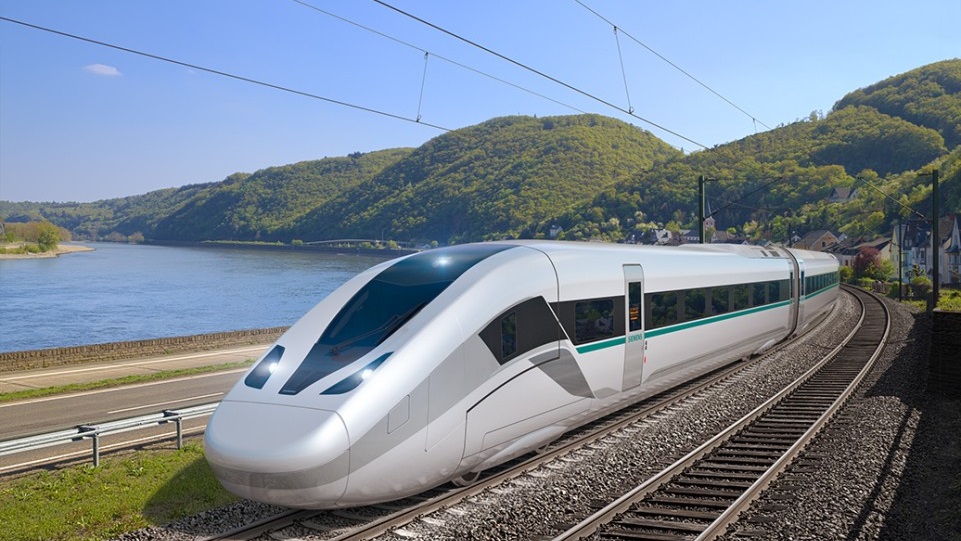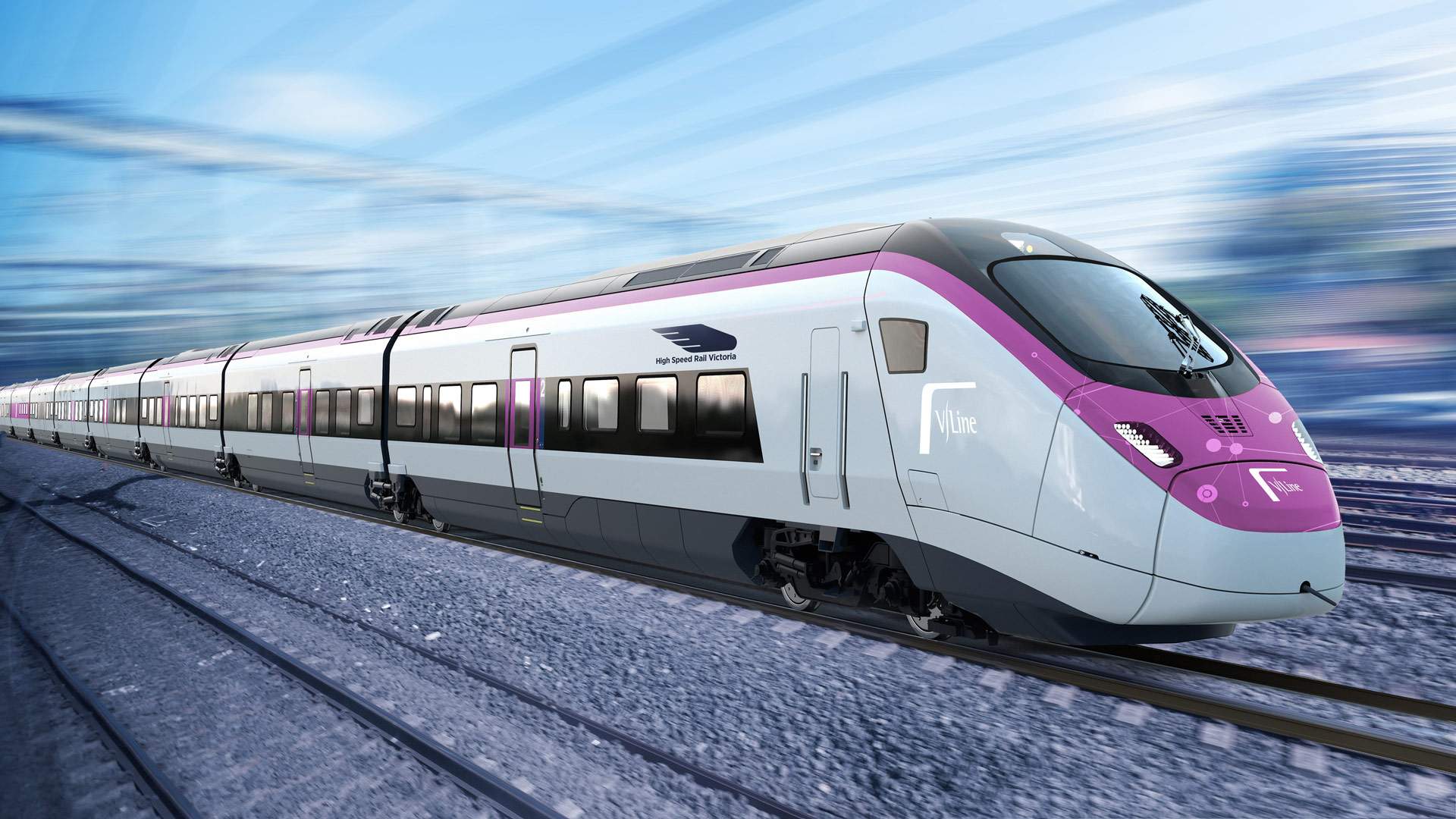In the realm of modern transportation, high-speed trains are engineering marvels that redefine travel with speed, comfort, and innovation. The World’s fastest trains not only shorten distances but also provide an unparalleled travel experience. This article explores the top 10 fastest trains in the world, their unique features, and the technologies that make them the epitome of advanced rail systems.
Why High-Speed Trains Matter
High-speed trains have revolutionized travel, offering:
-
Efficiency: They connect cities faster than airplanes over short distances.
-
Eco-friendliness: Trains produce fewer emissions compared to cars and planes.
-
Comfort: Passengers enjoy spacious seating, smooth rides, and luxurious amenities.
With increasing demand for sustainable and fast transportation, the World’s fastest trains are setting new benchmarks.
The First Train: A Revolutionary Beginning
The first-ever train in history was the Locomotion No. 1, designed and built in England by the famous engineer George Stephenson and his team. It was introduced in 1825 for the Stockton and Darlington Railway, marking the dawn of the railway era. The train was powered by a steam engine, a groundbreaking innovation at the time, and it ran at an average speed of 24 km/h, which was considered revolutionary.

Building the first train was not without its challenges. Stephenson and his team faced numerous setbacks, including technical failures and public skepticism about the feasibility of steam-powered travel. It took them several years and multiple failed prototypes to perfect the design. Despite these hurdles, their persistence paid off, and the success of Locomotion No. 1 laid the foundation for modern rail systems, inspiring the development of faster and more efficient trains worldwide.
The Top 10 Fastest Trains in the World
Here is a list fastest trains in the world of the, showcasing their incredible speeds and features:
|
Rank |
Train Name |
Country |
Top Speed (km/h) |
Key Features |
|
1 |
Shanghai Maglev |
China |
431 |
Magnetic levitation, noise-free operation, futuristic design. |
|
2 |
Fuxing Hao CR400AF/BF |
China |
350 |
Advanced safety systems, eco-friendly design. |
|
3 |
Shinkansen E5 |
Japan |
320 |
Sleek design, and exceptional punctuality. |
|
4 |
AGV Italo |
Italy |
360 |
Luxurious interiors, energy-efficient design. |
|
5 |
TGV POS |
France |
357 |
High reliability, and comfortable seating. |
|
6 |
Siemens Velaro E/AVE |
Spain |
350 |
Spacious cabins, and advanced safety measures. |
|
7 |
Eurostar e320 |
UK/France/Belgium |
320 |
Modern interiors, seamless cross-border travel. |
|
8 |
ICE 3 |
Germany |
330 |
Quiet cabins, cutting-edge technology. |
|
9 |
HEMU-430X |
South Korea |
421 |
Aerodynamic design, high efficiency. |
|
10 |
Frecciarossa 1000 |
Italy |
400 |
Energy efficiency, luxurious seating. |
The Technology Behind the World’s Fastest Trains
The World’s fastest trains achieve their incredible speeds through advanced technology:
1. Magnetic Levitation (Maglev)
-
Eliminates friction by suspending the train above the track using magnetic fields.
-
Used in the Shanghai Maglev, the fastest train in the world.
2. Aerodynamic Design
-
Reduces air resistance for smoother and faster travel.
-
Seen in trains like the Shinkansen E5 and AGV Italo.
3. Lightweight Materials
-
Trains are built with aluminum and carbon fiber to enhance speed and efficiency.
4. Advanced Propulsion Systems
-
Electric motors and regenerative braking systems improve performance and sustainability.
Comfort Beyond Speed
High-speed trains are not just about speed; they redefine comfort:
-
Spacious Seating: Ergonomic designs for long-distance travel.
-
Onboard Amenities: Wi-Fi, dining options, and entertainment systems.
-
Smooth Rides: Advanced suspension systems reduce noise and vibrations.
These features ensure passengers enjoy the perfect blend of speed and comfort.
Economic and Social Impact of High-Speed Trains
High-speed trains have far-reaching impacts beyond transportation:
1. Boosting Local Economies
-
Connects urban and rural areas, fostering economic growth.
-
Promotes tourism by making destinations more accessible.
2. Reducing Traffic Congestion
-
Alleviates pressure on highways and airports.
-
Encourages the use of public transportation over private vehicles.
3. Enhancing Quality of Life
-
Reduces travel time, giving people more leisure and family time.
-
Provides a safer alternative to road travel.
The Future of High-Speed Trains
The future of high-speed rail promises even greater advancements:
-
Hyperloop Technology: Trains traveling at over 1,000 km/h in vacuum tubes.
-
Eco-Friendly Innovations: Hydrogen-powered trains and solar energy integration.
-
AI Integration: Smart systems for enhanced safety and efficiency.
Upcoming projects like Japan’s L0 Series Maglev aim to push the boundaries of the world's fastest train speed.

Environmental Benefits of High-Speed Rail
High-speed trains are paving the way for a greener future:
-
Lower Carbon Emissions: Emits significantly less CO2 compared to airplanes and cars.
-
Energy Efficiency: Uses renewable energy sources like solar and wind power.
-
Land Use Optimization: Requires less land compared to highways, preserving natural habitats.
FAQs
1. What is the world's fastest train speed?
The Shanghai Maglev is currently the fastest train in the world, reaching speeds of 431 km/h (267 mph).
2. What makes high-speed trains so fast?
High-speed trains use advanced technologies like magnetic levitation, aerodynamic designs, and lightweight materials to achieve incredible speeds.
3. Which country has the most high-speed trains?
China leads the world with the largest high-speed rail network and multiple trains in the top 10 fastest trains in the world.
4. Are high-speed trains environmentally friendly?
Yes, high-speed trains are eco-friendly, producing fewer carbon emissions compared to airplanes and cars.
5. What is the future of high-speed rail?
The future includes innovations like Hyperloop systems, hydrogen-powered trains, and speeds exceeding 1,000 km/h.
6. How safe are high-speed trains?
High-speed trains are extremely safe, with advanced signaling systems and rigorous maintenance protocols ensuring passenger safety.





.gif)








.gif)







Sign in
to continue to ilmkidunya.com